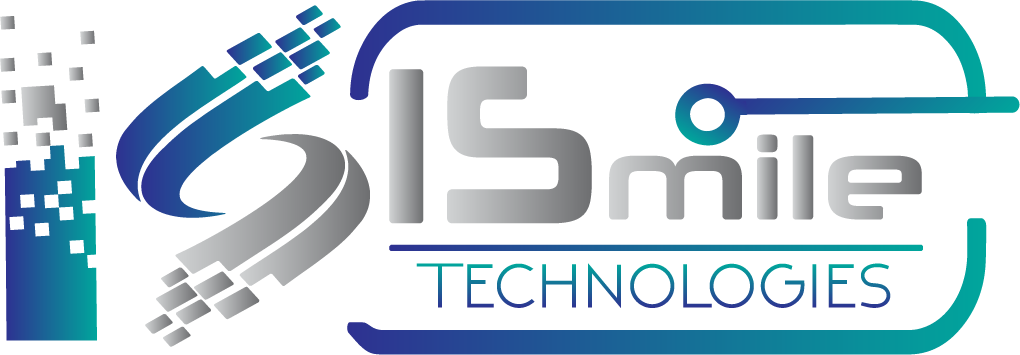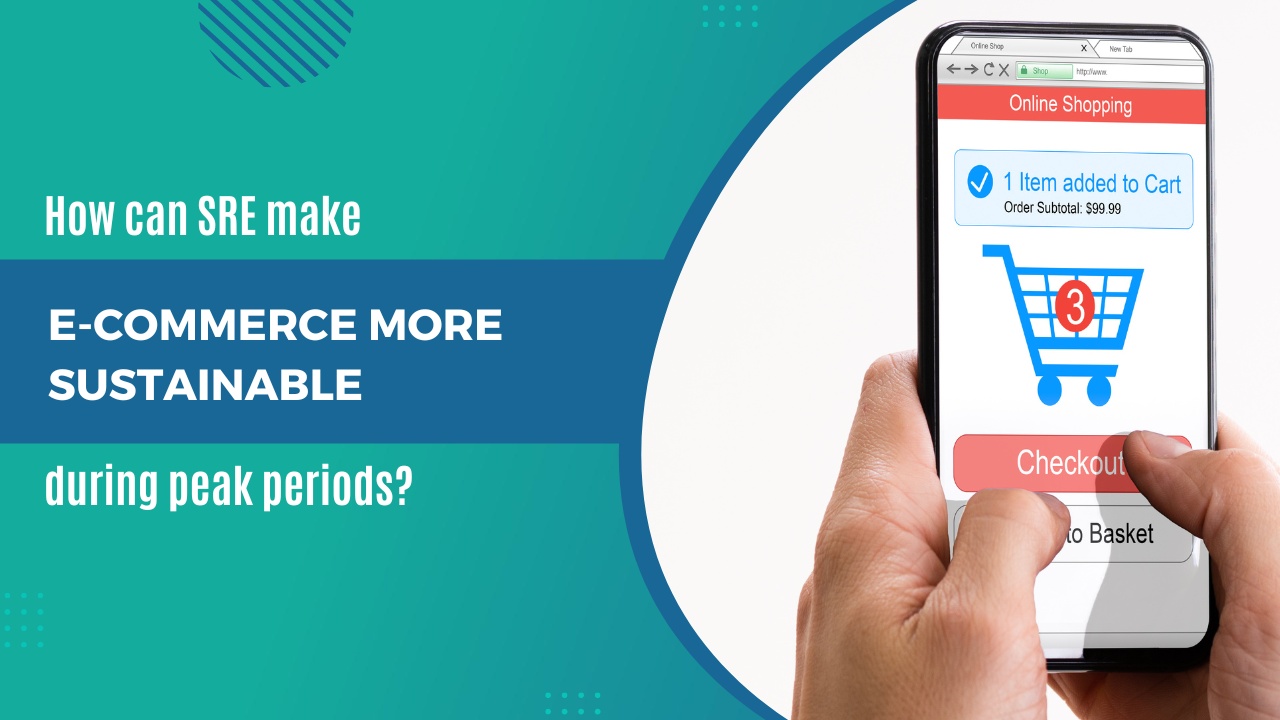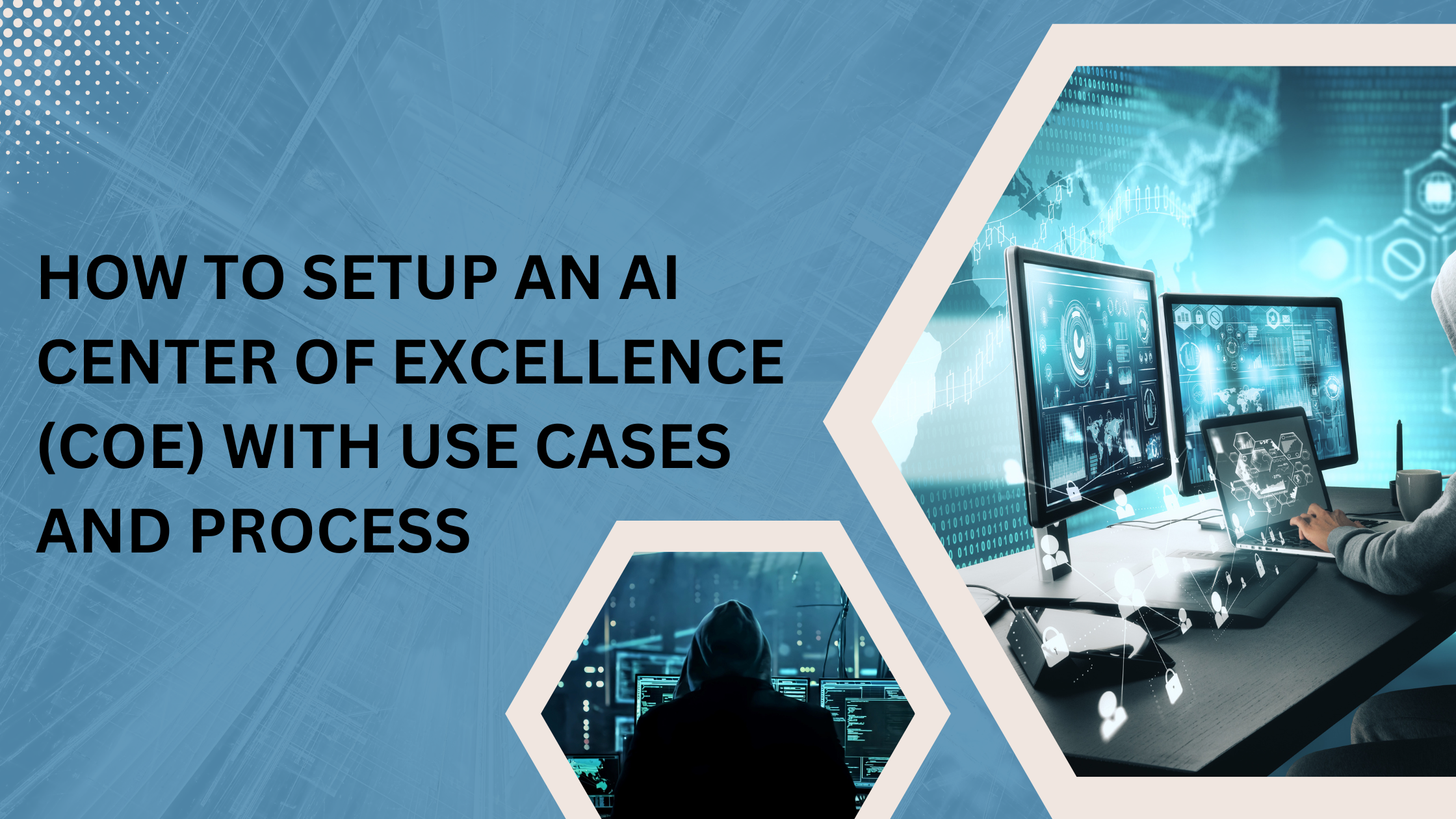Winter holidays are that month of the year when retailers are most busy as people rush to the shops. According to research, people tend to buy around 10% more during holidays, so how can businesses ensure a high-quality shopping experience for the shoppers? A business needs to stabilize its systems first to handle a sudden surge in traffic where the number of orders may grow from 6K to 10-12K in a month. This is where site reliability engineering (SRE) specialists come in. Google invented the concept of the SRE, and now SRE teams have appeared in other companies that develop high-load systems. SRE’s responsibilities are at the intersection of operations & development of automated systems. It usually includes –
- Configuration & signal processing about problems in the system.
- System monitoring & logging.
- Service management, so that service updates do not stack the system.
- Services & computing power growth forecasting.
- Calculating optimal power for the new systems.
- Ensure load optimization of the system.
Importance of debugging & fixing
One of the biggest concerns is testing & debugging. It’s challenging to do a stress test on a test environment as we cannot artificially generate the load which may occur in real life during peak seasons. Debugging has to start early during production. You need to identify & analyze the bug, taking a log from the work program where you did something to find out what is happening & at what point it stops. We must be cautious because it’s an operating business, and one wrong step can affect many people. To fix an issue, you must track it down, analyze it, provide a solution, test it, and only after that, make changes.
Main points to consider:
- If you are running a complex system, you should engage a team of site reliability engineers to ensure its stability in peak hours. SRE can be applied in almost all industries and can be helpful in those cases where monolithic applications are used.
- To prevent crashes, create a monitoring system to observe & collect statistics for quickly detecting vulnerabilities and try to fix them before any problem arises. You should monitor both systems as a whole and also their parts. An increase in the traffic load may slow down the system, and if the vulnerabilities persist, it may snowball, and the system may stop.
- If you have a sizeable outdated system, want to avoid investing in its development, and want to ensure seamless operation, you can optimize the processes and refactor the code.
- As far as testing & debugging is concerned, you need to track down the problem, examine it, provide a solution, test it, and only make the changes if all the previous steps have been completed. It’s not uncommon for a slight change in a single line of code to bring huge improvements.
- Your alert system should be smart enough to trigger only at the right time and avoid any severe malfunction. What could look insignificant can lead to severe disruptions & consequences.
- Create an escalation algorithm to keep track of who is responsible for which section, to alert the team, and to cooperate to solve the problem.
- Your IT partner must be very trusting and have a strong customer focus. It should take care of your systems as they would on their own.
Ready to experience the full power of cloud technology?
Our cloud experts will speed up cloud deployment, and make your business more efficient.
To avoid system failures, retailers must implement comprehensive performance monitoring & alert systems. A team of specialists, including SRE engineers, must oversee the whole system, understand the process, and react accordingly. Having a reliable IT partner is the key. ISmile Technologies’ SRE services ensure high reliability, uptime, and availability. We use the RED( Request rate, error rate, duration) and USE ( Utilisation, Saturation, Error rate) methods in our SRE implementation to provide the best solution & user experience. Schedule a free assessment today.








